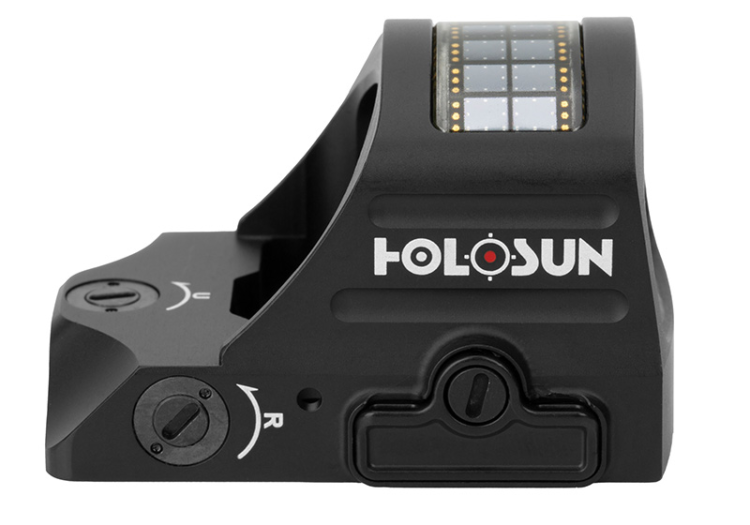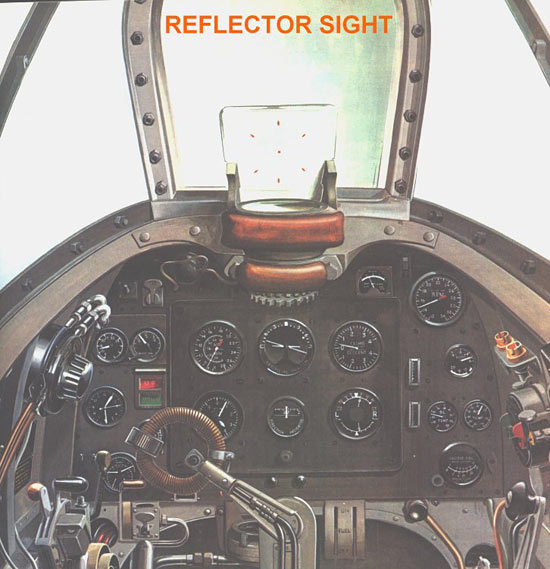

They have been used in other types of (usually large) weapons as well, such as anti-aircraft gun sights, anti tank gun sights, and any other role where the operator had to engage fast moving targets over a wide field of view, and the sight itself could be supplied with sufficient electrical power to function. They were used on fighter aircraft, in a limited capacity in World War I, widely used in World War II, and still used as the base component in many types of modern head-up displays.

Since their invention in 1900, reflector sights have come to be used as gun sights on various weapons. Since the reticle is at infinity it stays in alignment with the device to which the sight is attached regardless of the viewer's eye position, removing most of the parallax and other sighting errors found in simple sighting devices. Reflector sights employ some sort of "reflector" to allow the viewer to see the infinity image and the field of view at the same time, either by bouncing the image created by lens off a slanted glass plate, or by using a mostly clear curved glass reflector that images the reticle while the viewer looks through the reflector. These sights work on the simple optical principle that anything at the focus of a lens or curved mirror (such as an illuminated reticle) will appear to be sitting in front of the viewer at infinity.
#Reflector sight plus#
De plus, contrairement au pointeur laser, le « point rouge » n'est pas projeté sur la cible, ce qui le rend bien plus discret.

Die moderne Bauform wird als Leuchtpunktvisier, Rotpunktvisier, Leuchtpunktzielgerät oder nach dem Hersteller als Red Dot oder Aimpoint bezeichnet. Kollimatorvisier ist ein optisches Visier für Schusswaffen und kleinere astronomische Fernrohre. Kolimátor, neboli také reflexní zaměřovač, je v oblasti zbraňové techniky optické zařízení, které se upevňuje ke zbrani jako alternativa k otevřeným mechanickým mířidlům nebo i místo nich a usnadňuje zamíření především tím, že řeší problém se střídavým zaostřováním na mířidla a cíl.


 0 kommentar(er)
0 kommentar(er)
